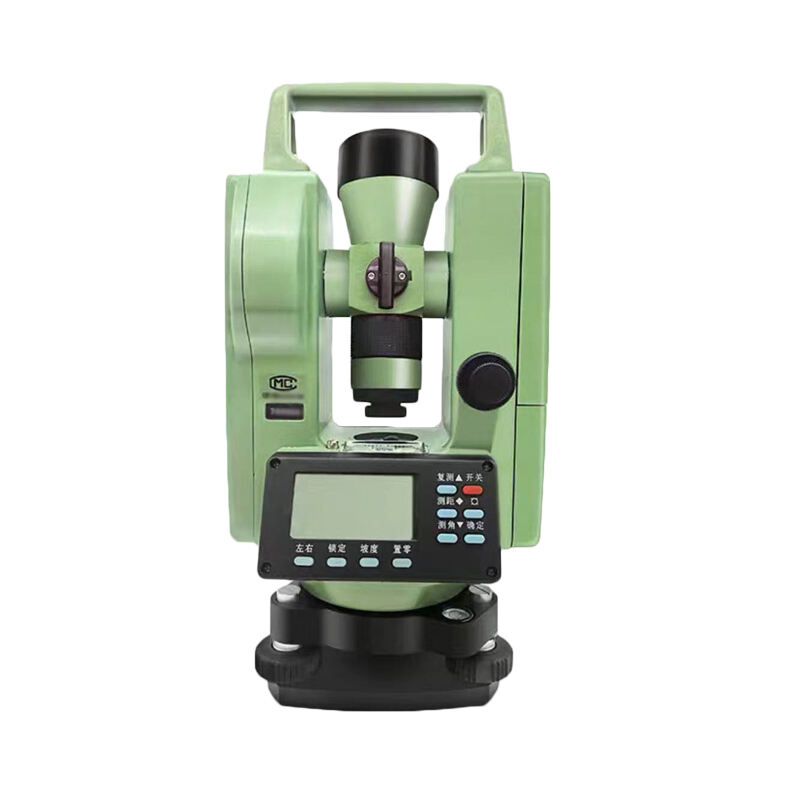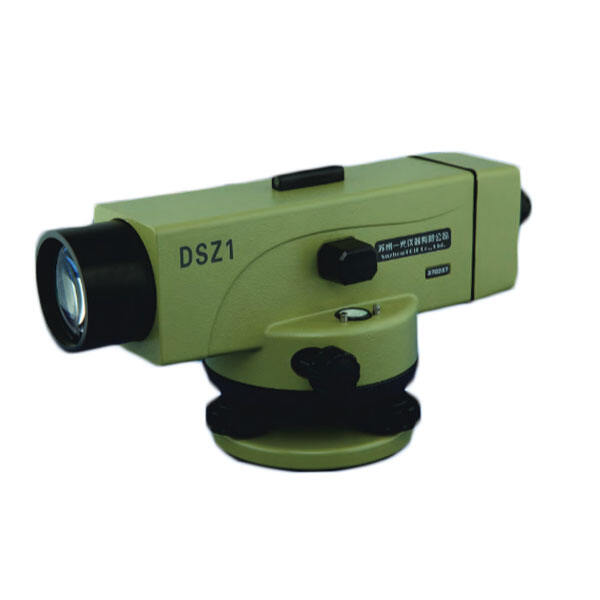non digital theodolite
The non digital theodolite stands as a fundamental surveying instrument that has shaped the field of precision measurement for generations. This mechanical marvel consists of precisely graduated circles for measuring horizontal and vertical angles, featuring telescopic sights that enable accurate targeting of distant objects. At its core, the instrument operates through a system of vernier scales and optical plummets, allowing surveyors to determine angles with remarkable precision. The device's main body rotates on horizontal and vertical axes, supported by leveling screws that ensure perfect alignment with the horizon. Its telescopic sight comes equipped with crosshairs for precise targeting, while the graduated circles provide readings down to minutes and seconds of arc. The non digital theodolite excels in construction projects, land surveying, and engineering applications where reliable angle measurements are crucial. Its robust mechanical design ensures consistent performance even in challenging environmental conditions, making it particularly valuable in remote locations where electronic equipment might prove unreliable. The instrument's ability to measure both horizontal and vertical angles with high precision makes it indispensable for establishing control networks, determining property boundaries, and monitoring structural deformation.


